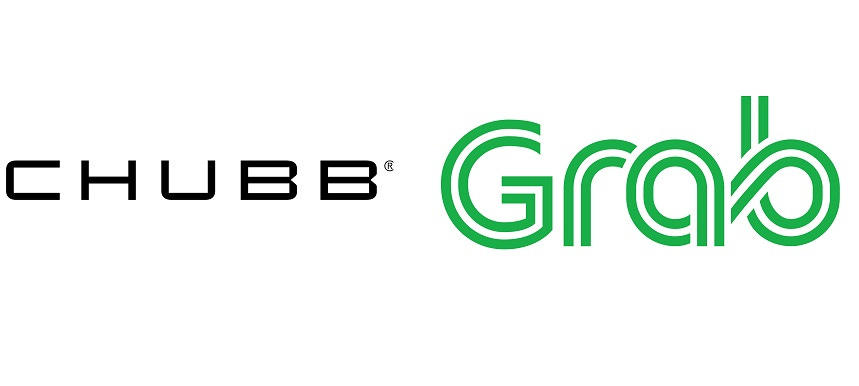Grab's Next Big Bet? Insurance
How Grab Plans to Insure Your Car, and Eventually, Everything Else
Grab may have begun as a ride-hailing app, but its eventual plan has always been to become the Super App of Southeast Asia.
Today, Grab’s digital ecosystem spans mobility, deliveries, payments, lending, and increasingly, insurance.
With the recent launch of Grab Motor Insurance in Singapore, Grab has signalled not just a product expansion, but a long-term play to rewire exactly how insurance is distributed, priced, and consumed across the region.
Here is my take on how Grab might approach the motor insurance market today, and how that could evolve into full-stack regional insurance dominance over the coming decade.
Background:
Grab made its first foray into the insurance business in a tie-up with Chubb in 2018, offering micro-insurance for Grab’s driver-partners and delivery riders, products like personal accident insurance and critical illness coverage embedded within the app.
It expanded into consumer insurance through travel insurance to its Singapore customers in 2020. It has since expanded its products to include personal accident coverage.
Grab also formed a joint venture with Chinese digital insurance ZhongAn in 2019, forming GrabInsure under its fintech arm GrabFin.
The Motor Insurance market in Singapore is estimated to be worth ~$1.5B (Gross Written Premiums) in 2025 with Income Insurance occupying the top spot with 25% market share. MS First Capital and AIG round up the top 3 with 10% and 9.3% market share respectively.
In 2024, gross motor insurance premiums in Singapore rose by 11% despite a mere 1% increase in vehicle population. This was largely due to inflation-linked price hikes and the growth of Electric Vehicles (which have higher production costs and are more expensive to insure).
In May 2025, Grab joined the General Insurance Association (GIA) after obtaining a general insurance license from the Monetary Authority of Singapore (MAS) in December 2024. The company has also begun hiring staff for a motor insurance team in recent months.
Why Grab Needs Insurance, and How It Would Benefit:
Grab’s core transactional businesses: ride hailing & food delivery, have high volume but structurally low margins due to competitive dynamics and cost structures. To drive long term profit growth, Grab needs to layer on high margin, recurring, defensible revenue streams on top of its platform.
Insurance fits this need perfectly:
Insurance is a High-Margin, Recurring Revenue Business
Grab’s core businesses operate on thin take rates and face intense competition.
Insurance offers recurring premium income, with industry leading net profit margins of 15-30% for well managed portfolios.
Once a user buys insurance, renewal rates are high and customer lifetime value increases dramatically.
Insurance margins can help Grab achieve long term group level margin expansion, which investors prize highly.
Insurance Deepens Ecosystem Lock In
Offering tailored, embedded insurance increases platform stickiness:
Drivers who buy insurance via Grab are less likely to switch to other platforms.
Merchants who rely on Grab for device or inventory protection stay more engaged.
Consumers can be incentivised with loyalty linked insurance rewards.
This mirrors the Meituan model in China, where financial services deepen ecosystem lock in.
Insurance has the potential to not just be a profit pool, but a retention lever across all of Grab’s verticals.
Insurance Monetises Grab’s Proprietary Data
Grab has behavioural data that traditional insurers lack:
Driving patterns, earnings stability, merchant sales, platform engagement.
This enables better underwriting and lower loss ratios.
Grab can also offer usage based and micro insurance products that are uniquely enabled by its data and app experience.
Data driven underwriting gives Grab a sustainable advantage in insurance margins and product differentiation.
Insurance Can Unlock a Huge Addressable Market
Southeast Asia is vastly underinsured:
Life insurance penetration <5 percent in many markets.
Health insurance coverage is low and inconsistent.
Motor and property insurance are often outdated and manually managed.
Grab has reach, trust, and distribution scale that position it to democratise insurance access across the region.
Insurance is one of the few adjacent verticals where Grab can add tens of billions of dollars in addressable market without massive operational complexity.
In the following paragraphs, I discuss:
My 4-step plan on how Grab can tackle the insurance industry
How Grab can establish itself as a leading underwriter and eventually position itself as the leading embedded insurance platform in SEA
Risks and Challenges that Grab will ultimately face as it looks to move from a distributor to an underwriting-led platform.







